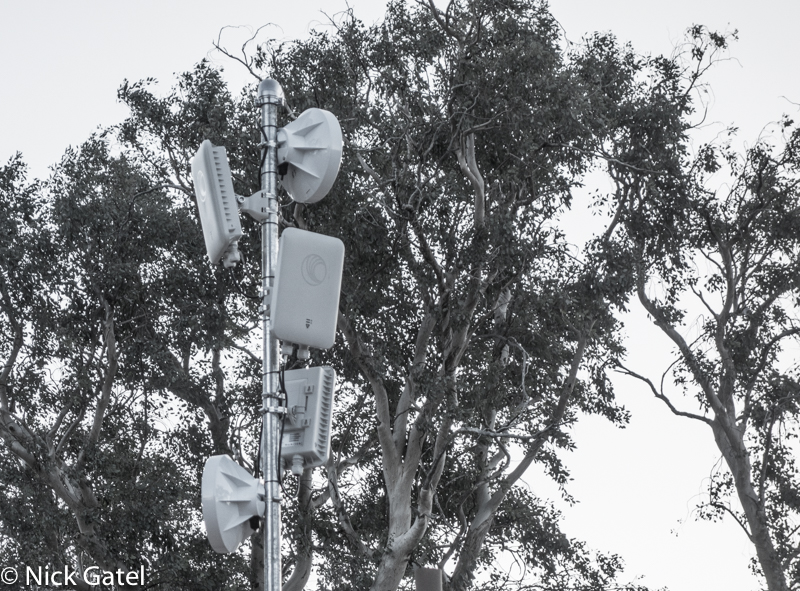 Since the passage of the Wilderness Act of 1964, it has been under attack. Attacked by those who want to relax the standards and develop wilderness areas for the “benefit“ of society, attacked by those who want more intervention via “land management,” attacked by the trail builders who want more well-groomed pathways, attacked by the sign people who want all kinds of directional and interpretive boards to inform people where they are or what they are looking at.
Since the passage of the Wilderness Act of 1964, it has been under attack. Attacked by those who want to relax the standards and develop wilderness areas for the “benefit“ of society, attacked by those who want more intervention via “land management,” attacked by the trail builders who want more well-groomed pathways, attacked by the sign people who want all kinds of directional and interpretive boards to inform people where they are or what they are looking at.
 These attackers may seem to be unrelated to each other, but they have one thing in common — all these groups directly or indirectly see wilderness as an economic opportunity. Additionally groups of people such as the trail guide writers, the whitewater raft companies, and wilderness guides are benefitting financially from the wilderness and increasing man’s impact by bringing an increasing number of people into our wild areas. Oh, they say they do it to introduce more people to wilderness, but lets face it; they do it for the money. More people are not good for wilderness. Especially more people who would not have ventured forward without those who provide information and/or access.
These attackers may seem to be unrelated to each other, but they have one thing in common — all these groups directly or indirectly see wilderness as an economic opportunity. Additionally groups of people such as the trail guide writers, the whitewater raft companies, and wilderness guides are benefitting financially from the wilderness and increasing man’s impact by bringing an increasing number of people into our wild areas. Oh, they say they do it to introduce more people to wilderness, but lets face it; they do it for the money. More people are not good for wilderness. Especially more people who would not have ventured forward without those who provide information and/or access.
But these attackers are not the biggest threat to wilderness; technology is. To keep our wilderness wild, society must see its value. Technology changes our perception of wilderness. It also changes the individual’s wilderness experience, whether it be used in selecting a destination, planning a trip, or using gadgets once we get there. To sum it up:
Technology marginalizes wilderness.
Continue reading Technology Might Be Killing Wilderness →


 These attackers may seem to be unrelated to each other, but they have one thing in common — all these groups directly or indirectly see wilderness as an economic opportunity. Additionally groups of people such as the trail guide writers, the whitewater raft companies, and wilderness guides are benefitting financially from the wilderness and increasing man’s impact by bringing an increasing number of people into our wild areas. Oh, they say they do it to introduce more people to wilderness, but lets face it; they do it for the money. More people are not good for wilderness. Especially more people who would not have ventured forward without those who provide information and/or access.
These attackers may seem to be unrelated to each other, but they have one thing in common — all these groups directly or indirectly see wilderness as an economic opportunity. Additionally groups of people such as the trail guide writers, the whitewater raft companies, and wilderness guides are benefitting financially from the wilderness and increasing man’s impact by bringing an increasing number of people into our wild areas. Oh, they say they do it to introduce more people to wilderness, but lets face it; they do it for the money. More people are not good for wilderness. Especially more people who would not have ventured forward without those who provide information and/or access.

